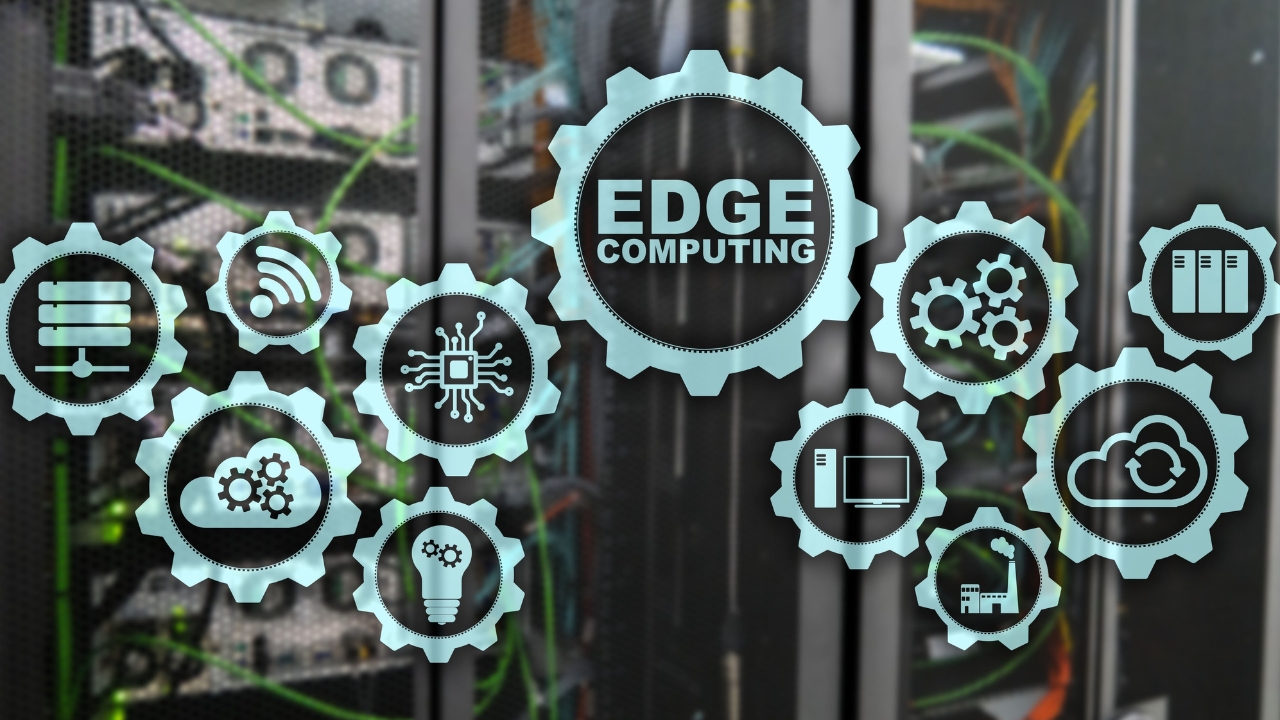The landscape of e-commerce has undergone a profound transformation, driven by the integration of artificial intelligence (AI) into every facet of the online shopping journey. What was once a transactional process has evolved into a personalised and dynamic experience, where AI algorithms are shaping the way consumers discover, engage with, and purchase products. The marriage of AI and e-commerce is revolutionising the retail industry and redefining customer expectations.
From One-Size-Fits-All to Personalisation at Scale
Gone are the days of generic product recommendations and cookie-cutter shopping interfaces. With AI-powered personalisation, e-commerce platforms have shifted towards tailoring every interaction to individual preferences and behaviours. Advanced algorithms analyse vast amounts of data, including purchase history, browsing patterns, and even social media interactions, to curate a shopping experience uniquely suited to each customer.
Delving into AI-Powered Personalisation

AI’s impact on e-commerce is felt at every stage of the customer journey:
- Personalised Product Discovery: AI algorithms understand user preferences to suggest products that align with their style, needs, and aspirations. This transform browsing from a time-consuming task to an inspiring journey of discovery.
- Dynamic Pricing: AI analyses market trends, competitor pricing, and consumer behaviour to adjust prices in real-time, optimising sales and profitability while ensuring competitive pricing
- Virtual Try-Ons: Augmented reality (AR) powered by AI enables customers to virtually try on clothes, accessories, and even makeup, enhancing the online shopping experience and minimising the uncertainty of fit and style.
- Chatbots and Virtual Assistants: AI-driven chatbots provide instant customer support, answering queries, offering recommendations, and guiding customers through the purchase process.
- Anticipating Customer Needs: AI predicts what a customer might need next, from suggesting complementary products to reminding them to restock essential items.
Benefits for Businesses and Shoppers
The symbiotic relationship between AI and e-commerce yields benefits for both businesses and consumers:
- Enhanced Customer Engagement: Personalised experiences foster deeper connections with customers, driving brand loyalty and repeat purchases.
- Data-Driven Insights: AI captures invaluable insights into consumer behaviour, enabling businesses to refine their strategies, optimise inventory, and innovate based on real-time trends.
- Efficient Inventory Management: Accurate demand forecasting, guided by AI, helps businesses minimise stockouts and excess inventory, reducing costs and boosting efficiency
- Time and Convenience: AI streamlines the shopping process, saving consumers time by presenting them with relevant choices, thereby increasing conversion rates.
Navigating Ethical and Privacy Considerations
While AI-powered e-commerce offers remarkable benefits, it also raises concerns about data privacy, algorithmic bias, and consumer consent. Striking a balance between personalised experiences and respecting user privacy is a critical challenge that businesses must address to build and maintain trust.
The Future of AI-Driven E-commerce

As AI technology continues to evolve, the possibilities for e-commerce are limitless. From seamless integration with voice-activated devices to immersive shopping experiences using virtual reality, the future promises even more exciting developments. The journey ahead involves refining algorithms, addressing ethical concerns, and continually innovating to provide shoppers with increasingly immersive, intelligent, and satisfying interactions.
The evolution of e-commerce through AI-driven personalisation signifies a seismic shift in how consumers and businesses engage in the online shopping sphere. As technology continues to advance, the line between the physical and digital shopping experience will blur even further, reshaping the retail landscape and setting new standards for convenience, engagement, and customer satisfaction.





